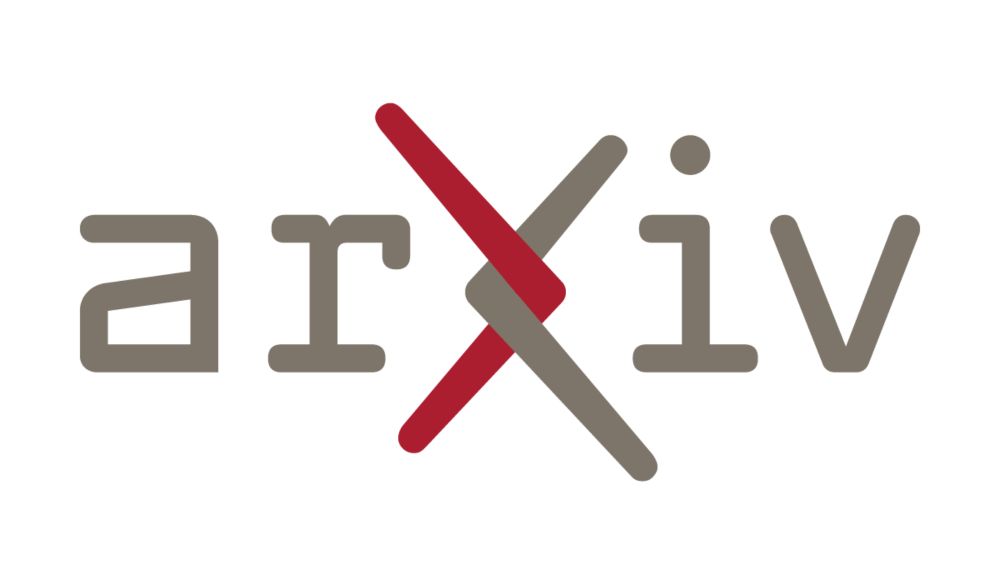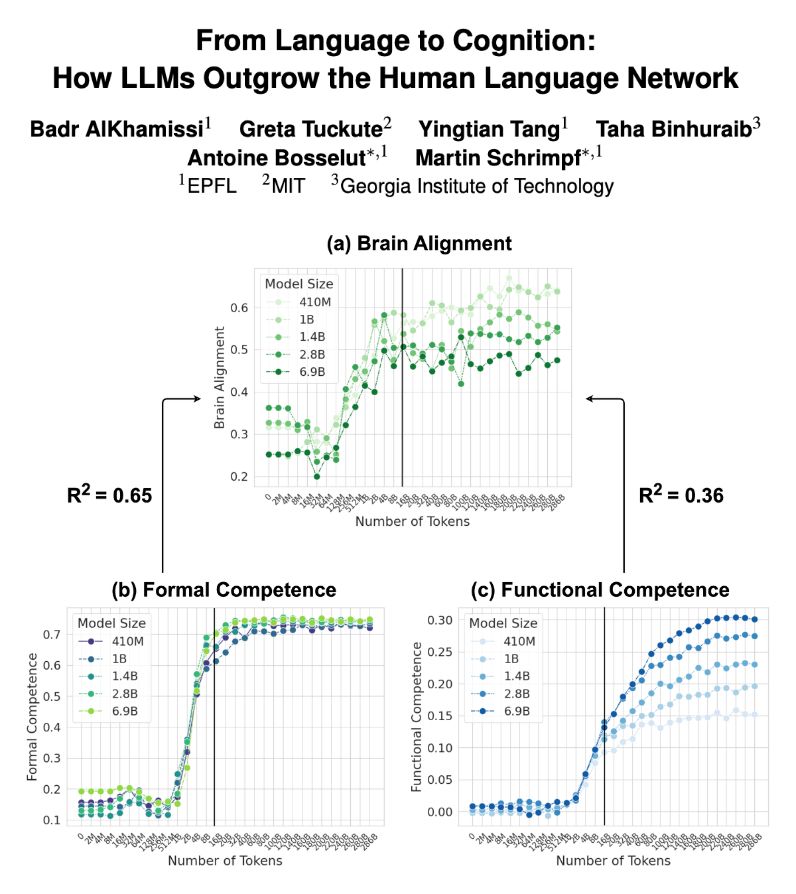Greta Tuckute
@gretatuckute.bsky.social
870 followers
260 following
76 posts
Studying language in biological brains and artificial ones at the Kempner Institute at Harvard University.
www.tuckute.com
Posts
Media
Videos
Starter Packs
Reposted by Greta Tuckute
Reposted by Greta Tuckute
Reposted by Greta Tuckute
Reposted by Greta Tuckute
Reposted by Greta Tuckute
Reposted by Greta Tuckute
Reposted by Greta Tuckute
Reposted by Greta Tuckute
Reposted by Greta Tuckute
Reposted by Greta Tuckute
Reposted by Greta Tuckute
Reposted by Greta Tuckute
Marianne de Heer Kloots
@mdhk.net
· Aug 19
Reposted by Greta Tuckute
David G. Clark
@david-g-clark.bsky.social
· Aug 19

Connectivity structure and dynamics of nonlinear recurrent neural networks
Studies of the dynamics of nonlinear recurrent neural networks often assume independent and identically distributed couplings, but large-scale connectomics data indicate that biological neural circuit...
arxiv.org
Reposted by Greta Tuckute
Erin Grant
@eringrant.me
· Aug 19
Greta Tuckute
@gretatuckute.bsky.social
· Aug 19
Greta Tuckute
@gretatuckute.bsky.social
· Aug 19
Greta Tuckute
@gretatuckute.bsky.social
· Aug 19
Greta Tuckute
@gretatuckute.bsky.social
· Aug 19
Greta Tuckute
@gretatuckute.bsky.social
· Aug 19














